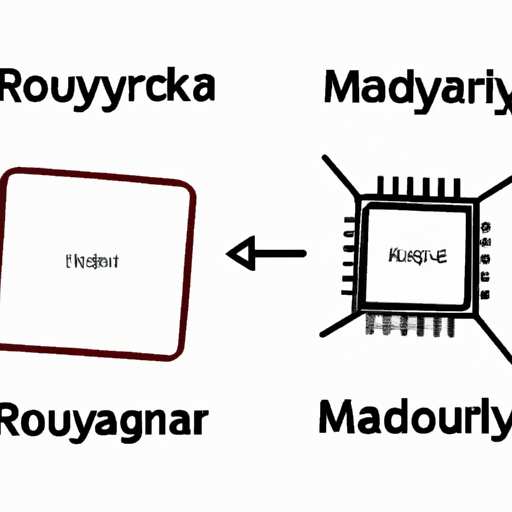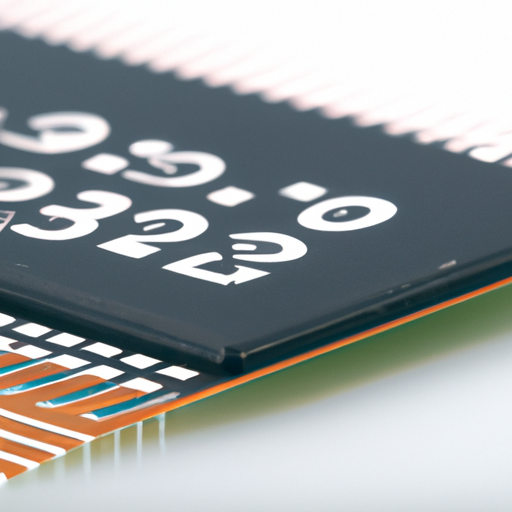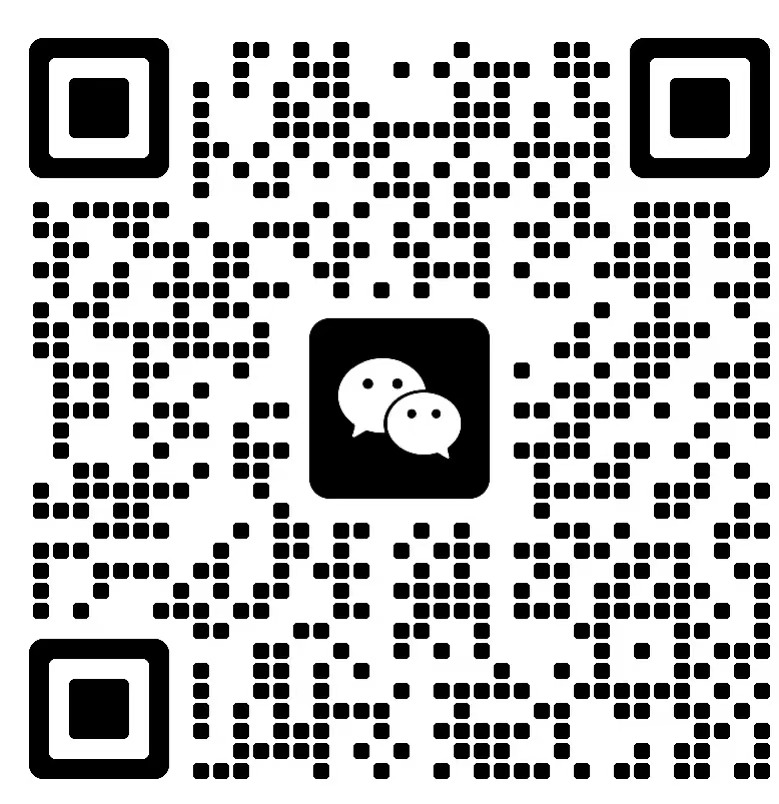
05
09
0
05
08
0
05
07
0
05
06
0
05
05
0











